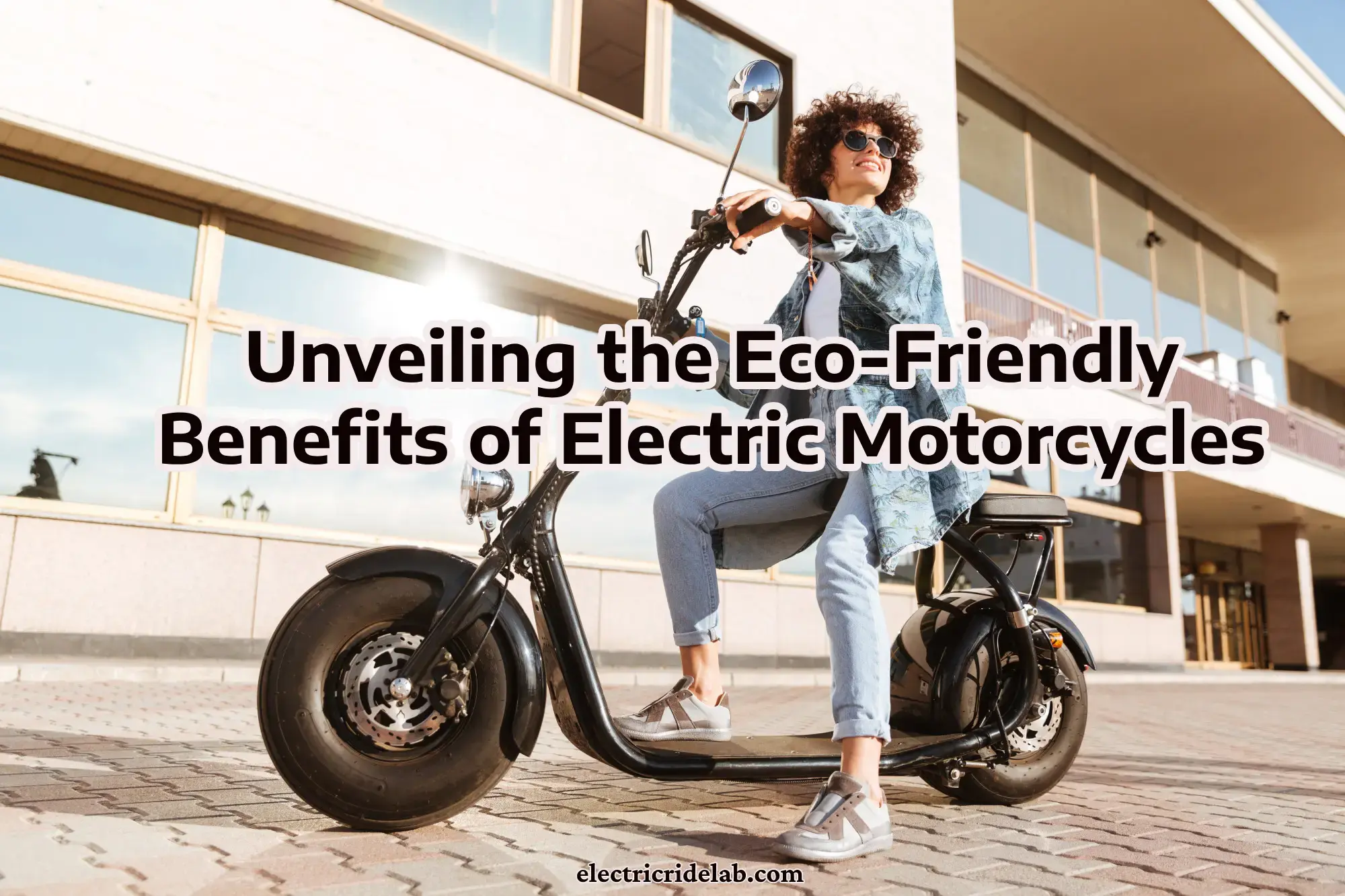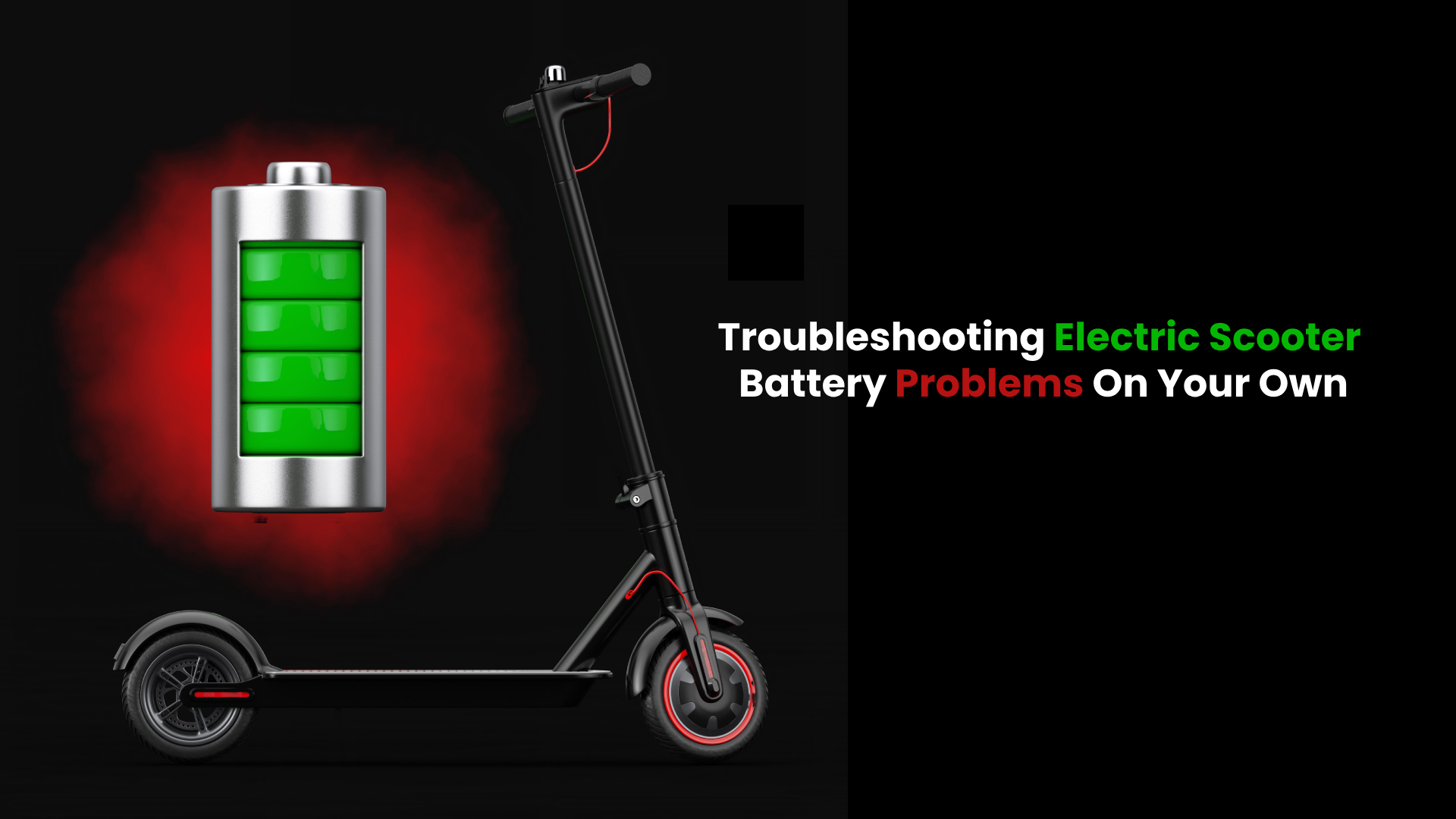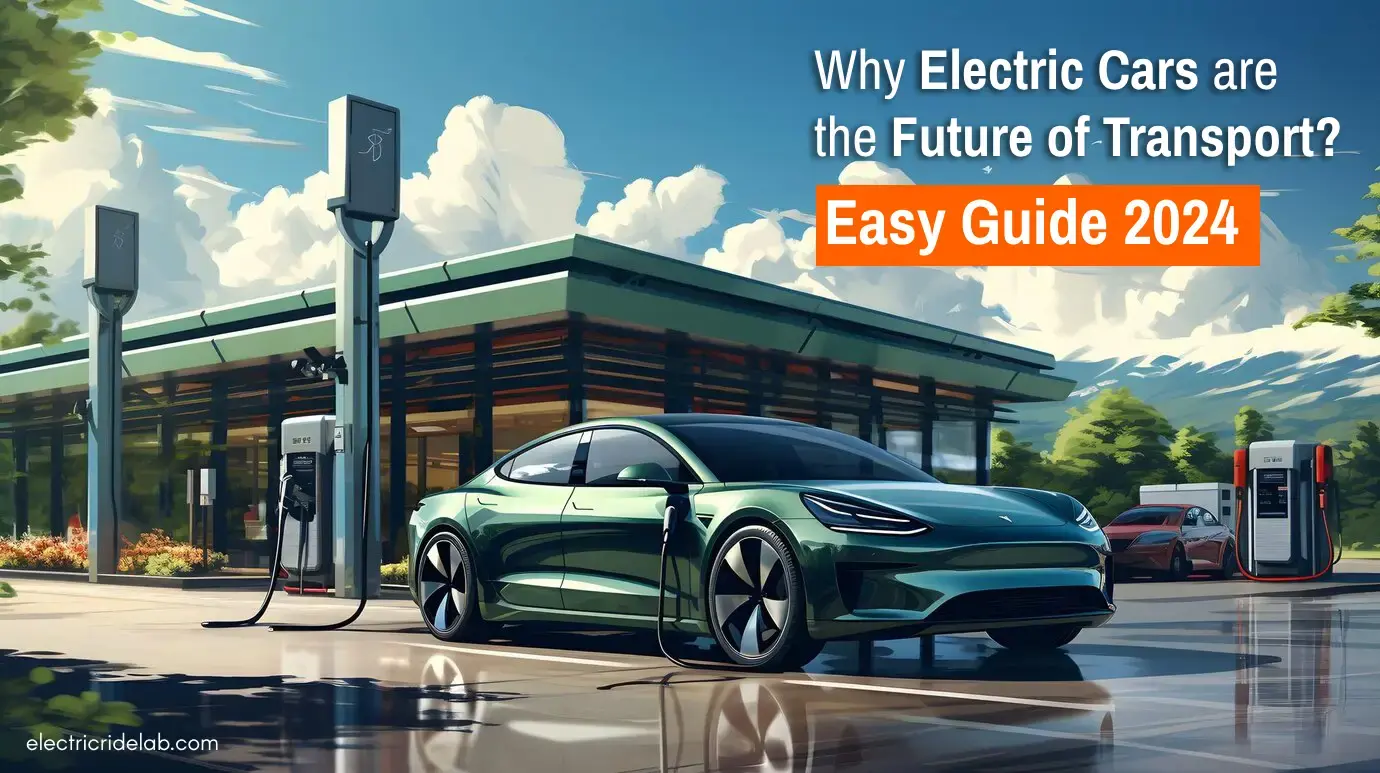Are Electric Cars Better for the Environment? The question might strike in your mind as Electric vehicles (EVs) are rapidly becoming a mainstream choice, with analysts predicting a 45% electric vehicle market share by 2035.

Source: statista
There’s no denying that electric vehicles have come a long way since they were first introduced in the 80s. Fast forward to today and there is an entire generation of EVs available on the market. With tens of different models, ranges, prices, and options, it can be difficult to determine which EV will best suit your needs.
For the most part, electric vehicles offer much more than just driving itself — they provide a viable alternative to traditional gasoline engines. For one, you do not have to worry about gas prices or gas shortages. It is true that electricity does not come cheap but it is possible to significantly reduce energy costs through the use of renewable energy.
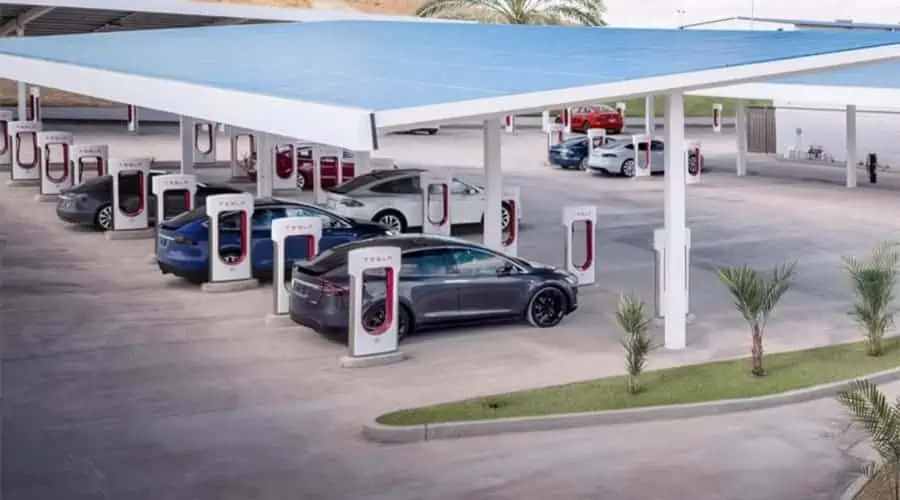
Photo Credit: tesla
One significant advantage of switching from a gasoline engine to an EV is the zero tailpipe emissions. Technological advancements in battery technology and charging infrastructure have made it possible to drive long distances without causing any air pollution.
The underlying question on everyone’s mind is: Are electric cars better for the environment? In this article, we examine the environmental impact of electric vehicles and how they compare to conventional internal combustion engine (ICE) vehicles.
Also Related:
When Will Electric Cars Be Affordable
Are Electric Cars Better for the Environment?
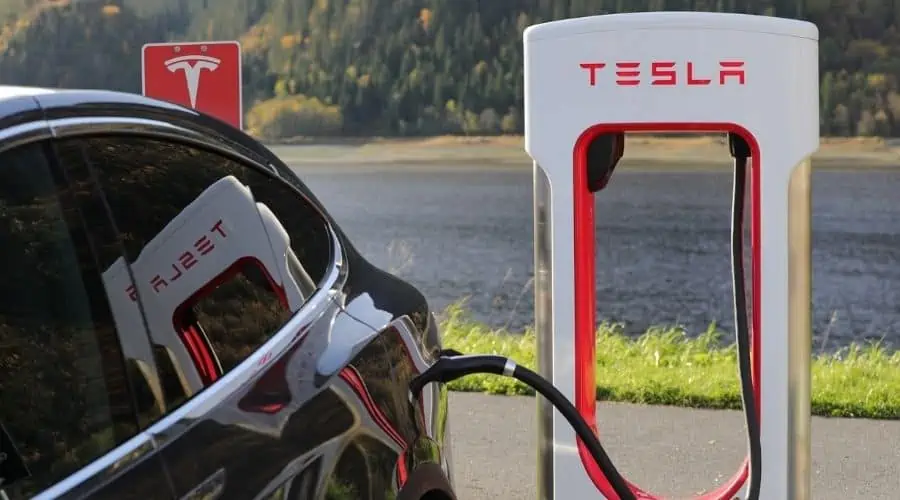
Photo Credit: tesla
To understand whether electric cars are better for the environment compared to ICE vehicles, we need to first take a look at their life cycle impacts. The life cycle assessment (LCA) shows us when we purchase a new car, where its components came from and what happens to them after they leave our possession. These assessments also allow us to weigh up the pros and cons of each type of vehicle.
Also Read:
Let’s start with the basics. When you choose an electric vehicle over a conventional car, you are making a conscious decision to forego using fossil fuels, including natural gas, oil, coal and wood. This means that you are choosing to consume less fossil fuel based energy and produce fewer greenhouse gasses such as carbon dioxide (CO2).
You could say that you give up gasoline-powered vehicles because you want to make a positive change in the world. However, if you choose to go electric, you are doing so for many other reasons. You may be concerned about climate change, worried about future energy security, or simply prefer the idea of being free from the noise, smell, and inconvenience of gasoline stations.
Regardless of why you choose to switch to an electric vehicle, you should know that you are making a difference. By going green, you are helping to protect our planet by reducing the amount of pollutants produced by conventional vehicles.
In addition to these benefits, electric vehicles also produce zero tailpipe emissions. They emit nothing into the atmosphere except water vapor. When it comes to comparing the environmental benefits of EVs and ICE vehicles, we need to first consider two terms: global warming potential (GWP) and carbon dioxide equivalent (CO2e).
Also Related:
When Will Electric Cars Take Over
Global Warming Potential (GWP)
The global warming potential (GWP) measures the total amount of heat released into the atmosphere as a result of burning fossil fuels. Fossil fuel combustion contributes to approximately 65% of greenhouse gasses emitted worldwide.
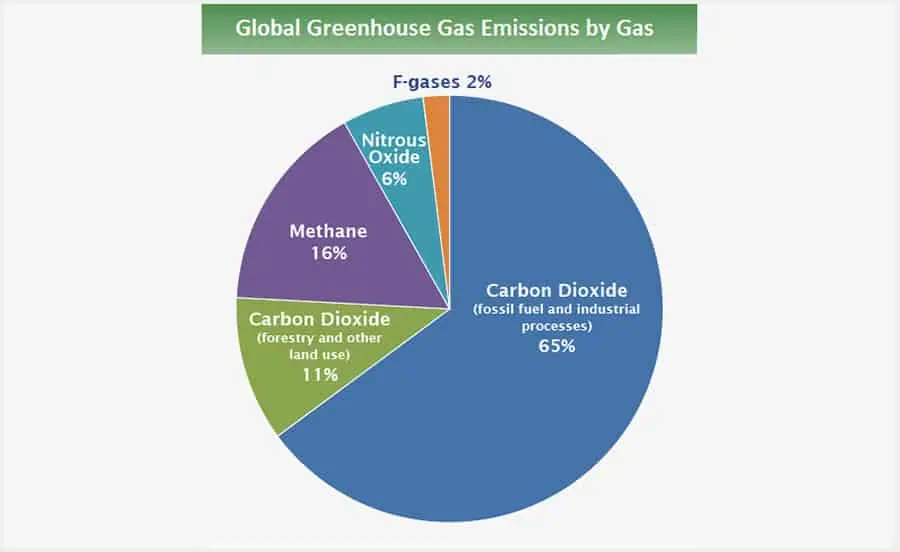
Source: climatechange
Nitrogenous chemicals are the main contributors to ozone layer depletion, while carbon dioxide contributes to climate change. The GWP estimates the relative contribution of these pollutants when burned.
Simple put — the GWP is the measure of the total amount of CO2 emitted per unit of fossil fuel burned based on the assumption that only half of the CO2 released into the atmosphere actually traps heat.
When you hear the term GWP, think of it like a measurement scale. On one end of the scale, methane has a very low GWP value, while on the other end, petroleum products have a high GWP value.
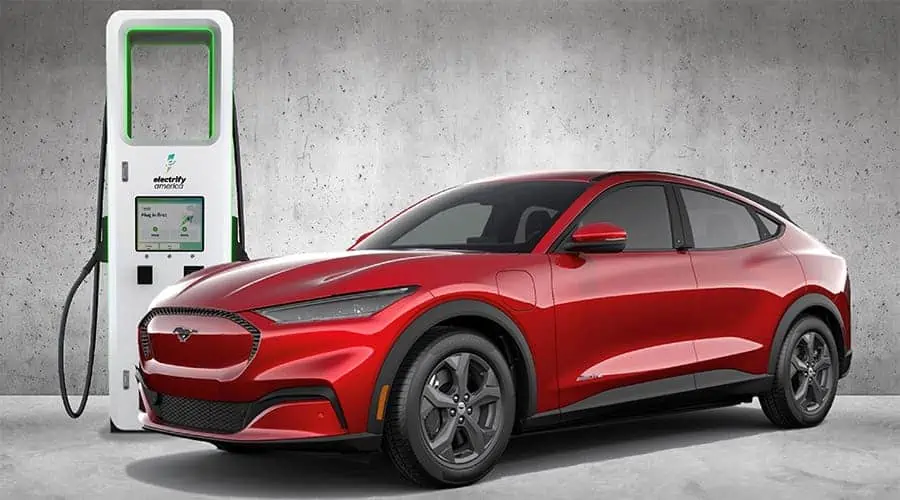
Photo Credit: ford
Carbon Dioxide Equivalent (CO2e)
An indicator used for comparing the relative contribution of each greenhouse gas over time and against initial values. Similar to GWP, CO2e measures total CO2 emission from a specific activity over its lifetime.
To compare the impact of different types of pollution, scientists use the carbon dioxide equivalent (CO 2 e ). It takes into account both how much carbon dioxide is released into the air and how long it stays there. In addition to measuring the overall magnitude of greenhouse gasses, the CO2e also provides a comparison between the life cycle impacts of various activities.
In addition to these metrics, there are other factors to consider when comparing the environmental impacts of electric and gasoline vehicles such as:
Also Related:
How Much More Efficient Are Electric Cars?
Electricity Production
Coal powered plants produce roughly 19% of all U.S. electricity.
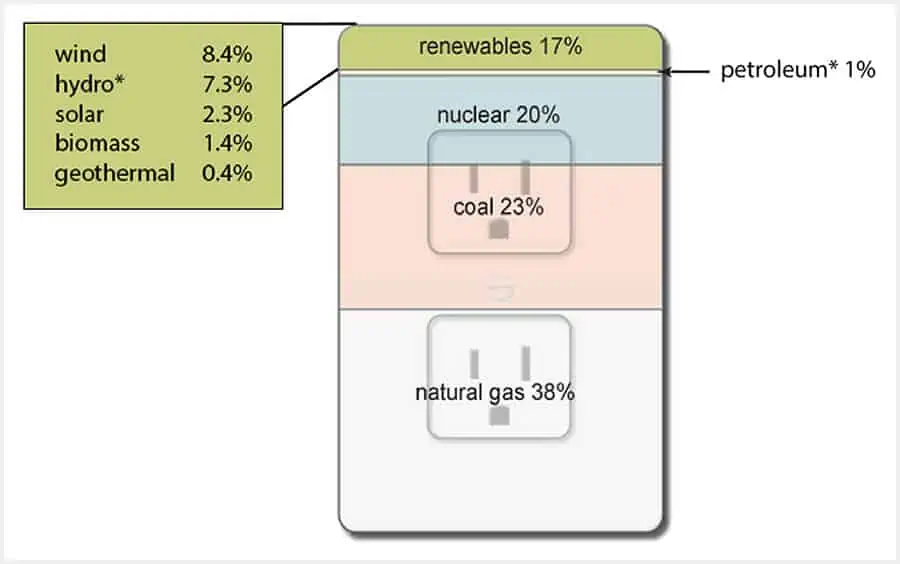
Source: eia
According to the Energy Information Administration, coal produces more CO2 than natural gas and wind power. However, the EIA notes that renewable sources like solar and wind are growing rapidly, and by 2040, will be responsible for 30% of U.S. electricity generation.
Charging Infrastructure
What would happen if you had no power at home or workplace? How would you run your life without electricity?
In 2017, it was estimated that around 87% of the world’s population has access to electricity.
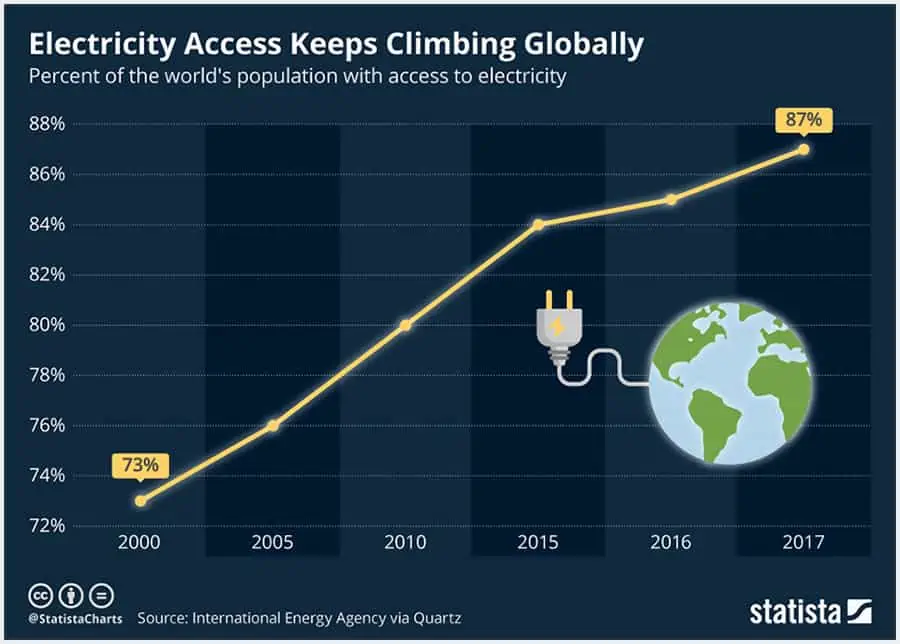
Source: statista
This makes it possible for us to live our lives like never before and enjoy the amenities modern societies offer. Electric vehicles thrive in this world because they can charge up anywhere, anytime. The environmental impact of charging infrastructure is significant but not nearly as large as the impact of reducing emissions.
The United States is one of the top selling countries of plug-in electric cars.
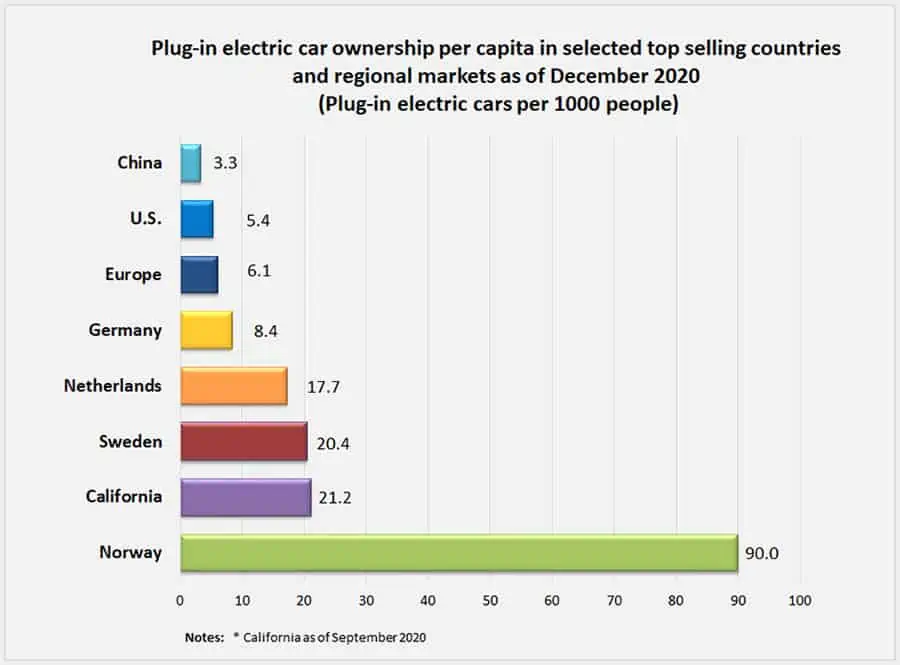
Source: wikipedia
However, not everyone has easy access to charging stations. Experts believe that the United States needs to install about 13 million chargers to meet the growing electric car infrastructure demands by 2030. If we want to maximize the environmental impact of electric vehicles, then we need to make sure that every household and business has access to charging stations.
Also Related:
How Will Electric Cars Affect Gas Prices
What Are the Negative Environmental Effects of Electric Cars
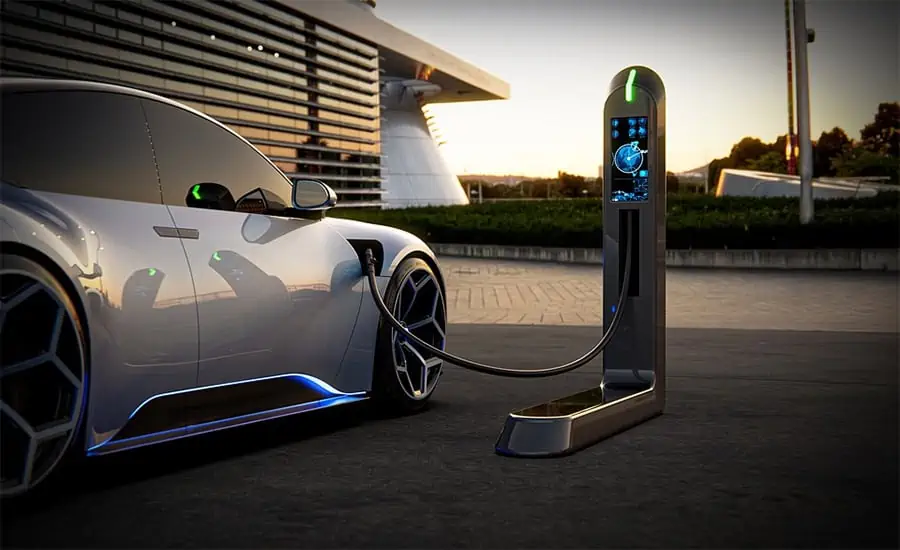
Photo Credit: tesla
Electrical vehicles (EV) have the potential to reduce air pollution, greenhouse gasses, global warming pollutants and noise pollution. While there are several benefits to owning an electric car, there are also some drawbacks. So you know, there are several negative environmental impacts associated with electric vehicles.
Every vehicle requires energy to perform tasks; a gasoline engine uses fuel while an EV utilizes electrical energy for most functions. As we mentioned earlier, electricity generation requires significant amounts of fossil fuels including coal, oil, and natural gas. In fact, electric vehicles indirectly pollute the environment much more than gasoline or diesel-powered cars.
According to a study by the Norwegian University of Science and Technology, using coal to produce electricity contributes to greenhouse gas emissions. The study went further to assert that electric car factories produced more toxic waste than gasoline car factories. This means that producing electricity leads to greater carbon dioxide emissions.
Electricity production also releases other harmful chemicals into the atmosphere. For instance, electricity generation from nuclear reactors creates radioactive particles which cause cancer. Coal plants emit sulfur dioxide, mercury, nitrogen oxides, and carbon monoxide. These toxins contribute to acid rain, respiratory illnesses, and heart disease.
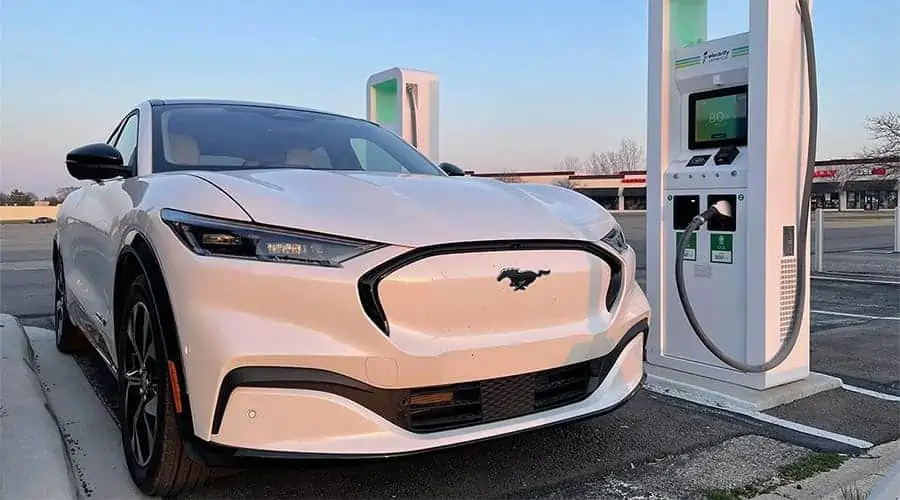
Photo Credit: ford
Another drawback of EVs is their manufacturing process. Most electric cars require rare metals such as lithium, cobalt, nickel and copper. These metals are mined in less developed nations, contributing to poverty and instability. They also increase demand for land and water resources.
Finally, the production of batteries is very resource intensive. Batteries use nonrenewable materials such as petroleum, lead, cadmium, and arsenic. These materials are highly toxic and pose a risk to human health when released into the environment.
So what should we do? Should we ban all electric cars? No! We shouldn’t be so extreme. However, we should take steps to minimize the negative environmental impact of electric cars.
Also Related:
What Percentage of Cars Will Be Electric by 2025
Conclusion
The electric vehicle trend will probably continue to gain popularity due to its various advantages. At this time, it’s safe to conclude that electric cars are better for the environment because they don’t create as much harmful chemical emissions compared to gasoline or diesel powered vehicles.
However, it’s important to understand that the environmental benefits of these vehicles aren’t guaranteed. As soon as you add power consumption into the picture, everything changes.
While electric cars may not be strictly environmentally friendly at present, they still hold great promise for the future. If electric cars become more popular over time, improvements will likely be made in battery technology. In addition, more efficient methods of generating electricity will be invented.
In the meantime, If we want to preserve our planet for future generations, we need to ensure that every single action counts toward improving sustainability efforts. So if you really want to save the world, buy an EV next time you go out shopping for a new car.


